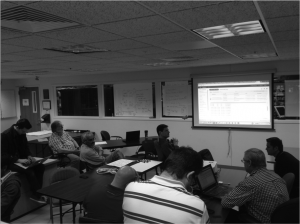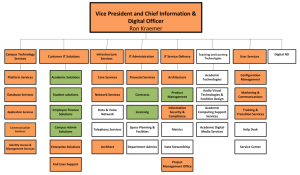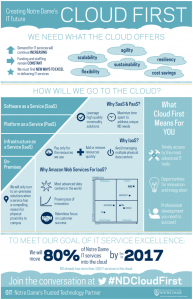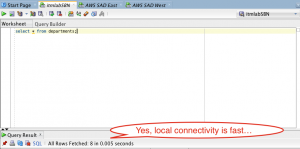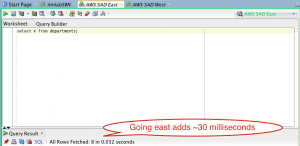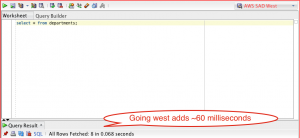So I just finished day two of RailsConf, and I had a very interesting experience. My final session of the day was held by an actor-turned-programmer by the name of Adam Cuppy. He started things off with a quote by DHH from last years conference, where David challenged everyone to see themselves not as software engineers, but as software writers. However, he showed how the term writer has no purpose behind it; simply a description of things a writer has done. Taking a look at synonyms leads to the word poet. Examining poet shows us that a poet has super-powers! Now who doesn’t want super-powers? And one thing everyone knows is that a person with super powers has the responsibility to use them for the betterment of others.
Through this super-power of expression, poets are able to relay meaning and feeling with their words. They are able to use the syntax if a language to convey feeling, and paint a picture in the reader’s mind. And so too are we challenged to paint a picture with the language we are writing in. Just imagine for a minute, how easy it would be for a new programmer to a project to on-board if the application code they were looking at read like a play? What if we could engage this new person and made it not only easy, but enjoyable for them to learn the application?
Think about the last time you began on an existing code base. What did you spend the most time trying to learn: the how of the program, or the why of the program? With forethought and planning, we can develop conventions that make it easy to discern the meaning of our code. If we can make it easy for someone reading it to know how this method fits into the application, they will be able to see the while picture much more quickly. And think how beautiful that picture could look.
So I echo his enthusiasm: go forth and be poets! Give meaning to your code, and do something great.




